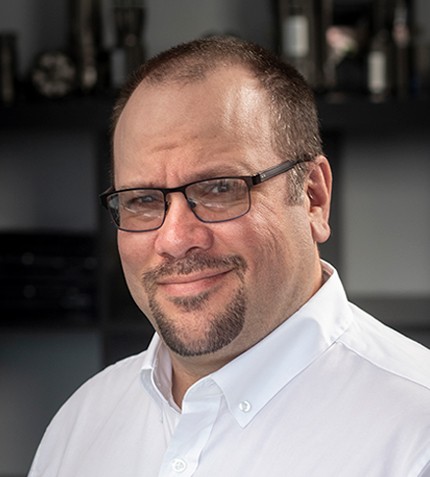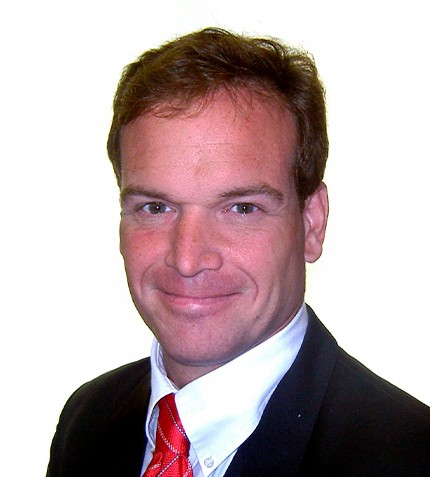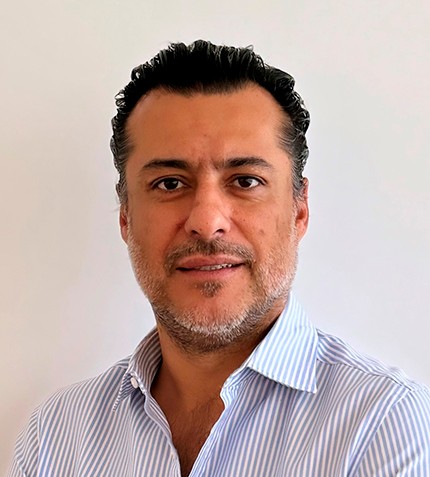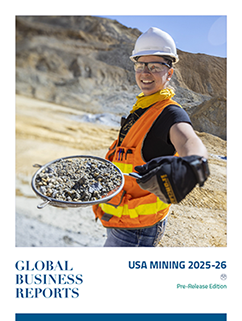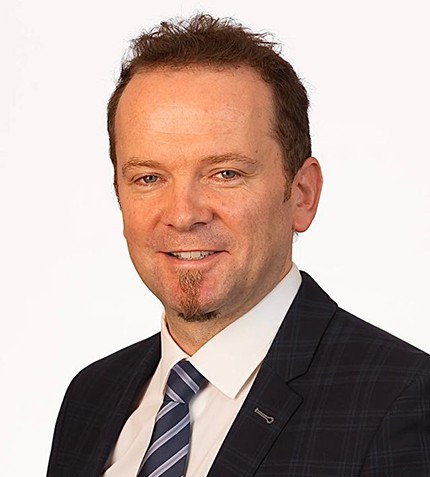
“I am convinced that our appreciation towards our great teams with open and transparent communication and our customer centricity are key to success.”
Mario Theurl
MANAGING DIRECTOR, ZÜBLIN STRABAG CHILE
How would you evaluate the performance of STRABAG and ZÜBLIN in Chile in 2021 and Q1 2022?
We have taken part in projects of the highest technical standard. Indeed, milestones such as the completion of the 74 km of tunnels of the Alto Maipo hydroelectric project, which is the largest project of our company to date, has allowed us to extend our scope in Chile and participate in projects such as the Horizonte Wind Farm in Tal Tal, where we took over the civil works, or the construction of a 673 meters ventilation shaft in Chuquicamata, among many other.
During this period, the pandemic also added other administrative challenges, which impacted our business, such as logistics, shift planning, or tracing contagions among over 7,000 people, but we managed these challenges in close collaboration with our clients and the quality of the works was not affected. I am convinced that our appreciation towards our great teams with open, transparent communication and our customer centricity are key to success, and it explicitly helps during a pandemic.
What are some of the technical challenges of working on large-scale projects such as Codelco’s El Teniente and Chuquicamata?
Currently the main challenges in these projects are related to geology, training and logistics.
Risks related to rock burst or seismic activity are common in underground construction, which is why we have engaged in a tele-commanded machinery program in El Teniente -a mine which is particularly seismic-, so we can operate machinery from outside of the tunnel, keeping our personnel safe.
Also, providing training and inductions to thousands of people is a complex task. This includes maintaining the outstanding health and safety standard that we proudly hold today.
In the field of logistics, there are several different contractors working together in a limited underground area, usually using the same access tunnels. Addressing this requires good coordination among all contractors and the client.
In underground mining projects such as Chuquicamata and El Teniente, we focused on exceeding the expected yields and rates, with all the interferences of working in a confined space. Yet we achieved monthly advance rates of up to 1,800 meters (1.1 miles) in Chuquicamata and 900 meters (0.55 miles) in El Teniente, even under the pandemic restrictions.
Can you give examples of the remotely operated equipment that is improving efficiency and safety at underground mining operations?
We have equipment to install mesh and bolts for fortification without people having to approach into areas without rock support, or we have equipment like remote controlled loaders to remove rocks from a recently blasted area. We also have a device which can enter the mine and take images to create a 3D model of the interior.
How is digitalization impacting the underground mining industry, and how can it be implemented most effectively?
We are currently going through a big digitalization wave and a significant number of resources are coming to the market which simplify our jobs and raise productivity. I am convinced that in the long term, the megatrend of digitalization will give our industry the necessary and overdue boost to advance work processes and increase productivity hand in hand with the improvement of H&S standards. The challenge on short term now is to evaluate these tools and find the right ones that can truly help to increase customer value, optimize operations, and increase safety. With so many products on the market today, and many still on their way, we have noticed that it can be a challenge for people to effectively adopt and learn, as technologies are moving sometimes too fast for people to properly digitize their operations. Without being able to effectively adopt and learn, we could be prone to errors that may cost money and result in delays. I therefore believe it is important to increase our focus on selection of different digital tools and to look at what is really helping us in terms of safety, productivity, and cost in the short and long term, and then adopt the right developments for each operation to advance ourselves and the industry. No project should add digital tools just because they are digital – technology must fit the organization and our clients’ priorities with the aim to advance our industry.
How is Zublin dealing with the challenge of attracting and retaining a skilled local workforce?
We value diversity as much as we value skills. We are very proud to be an international and multicultural team because it allows us to share vast knowledge and many different points of view. Our goal is to convene people sharing this view and our Teams Work philosophy.
Our company provides continuous and focused training, aiming to prepare our teams for the present and the future. These trainings include among others safety inductions, a variety of technical skills, machinery operation and Lean Construction.




